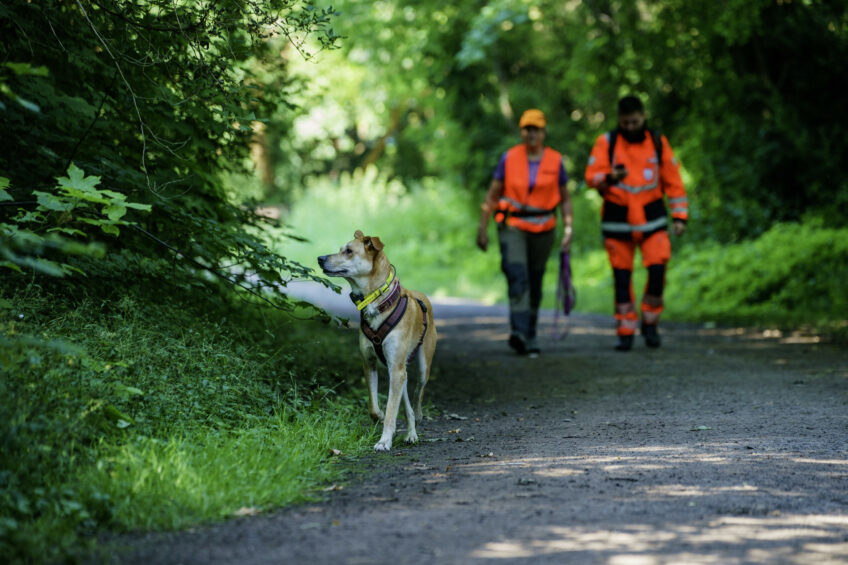For the year to date, a total of 575 African swine fever (ASF) outbreaks involving domestic pigs have been reported in 16 European countries.
This is according to the Animal Disease Information System of the European Commission (EC; as of August 28). It monitors listed diseases in European Union member states and adjacent countries.
By comparison, 16 of the region’s states recorded a total of 4,513 outbreaks in farmed pigs with the EC during the whole of last year.
Worst affected by the disease in 2024 have been Serbia (251 outbreaks so far this year), Romania (139), Ukraine (46), Poland (42), and Bosnia-Herzegovina (30).
Over the past two weeks, all of these countries registered with the EC one or more new outbreaks in this population, as did Germany, Italy, Latvia and Moldova. Confirming by far the most new outbreaks (56) was Serbia.
Further detail on new outbreaks affecting pigs
Official notifications by the national veterinary agencies to the World Organisation for Animal Health (WOAH) offer more detail on the latest developments in ASF outbreaks.
Over the past 10 days, Italy has confirmed its first detection of the virus in Vercelli. It is the second province in the Piedmont region in the northwest of the country to register cases in domestic pigs since the arrival of the virus in the country in January of 2022.
As well as this development, the Italian authorities also reported to WOAH further farm outbreaks in provinces with earlier outbreaks. These include four in Pavia in the Lombardy region, and two more in Novara in Piedmont. These bring to 40 the total number of ASF outbreaks in Italy’s domestic pigs so far. Number of animals involved is given at more than 13,400, although reports of more recent outbreaks omit information on herd size.
In Germany, a first ASF outbreak affecting domestic pigs was confirmed in Rhineland-Palatinate in mid-August. According to the WOAH notification, it affected three pigs in a non-commercial herd in the Bad-Dürkheim district. The premises appears to be located around 30km south of the earlier ASF cases in wild boar. However, like the location of those cases, it is near to the border with the state of Hesse.
In Hesse, more animals have been impacted at the farm affected by the earlier outbreak, increasing the reported herd size to 2,419 pigs.
For the year to date, the number of ASF outbreaks in Polish pig herds has risen to 42, based on WOAH reports.
Five outbreaks in Poland starting in the period August 16-26. Of these, two involved commercial farms (with around 2,400 and 2,900 pigs), and one in each of the central province of Greater Poland and West Pomerania in the northwest. Small backyards herds in two northern provinces were affected by the other recent outbreaks.
To WOAH over the past two weeks Ukraine’s veterinary authority has confirmed eight ASF outbreaks in domestic pigs.
Three outbreaks in backyard herds in Kirovohrad represent the return of ASF to this central oblast after a brief hiatus. In adjacent Kiev, one of three recent outbreaks involved a commercial farm with more than 5,900 pigs. The other two outbreaks there and one in each of Mykolaiv and Cherkasy appear to have involved infected pig carcasses discarded in public areas.
Other European nations registering new outbreaks in their domestic swine with WOAH are Romania (seven additional outbreaks), Bosnia-Herzegovina (two), and one each in Croatia and Moldova. All of these involved small backyard herds.
Wild boar cases pass 4,600
As of August 28, the EC System recorded a total of 4,621 outbreaks of ASF in the wild boar populations of 21 European states so far this year.
In 2023, a total of just over 7,900 outbreaks were reported in the wild boar of 20 countries in the region, according to the same source.
Registering the most outbreaks this year have been Poland (1,288 so far) and Italy (1,131), followed by Latvia (586), Lithuania (406), Germany (351), and Hungary 258).
As well as these six countries, the Czech Republic (Czechia), Estonia, North Macedonia, Poland, Romania, Serbia, Slovakia, and Ukraine also confirmed additional cases in this population with the EC System over the past two weeks.
In the central German state of Hesse, the potential spread of the ASF has prompted the authorities to announce the construction of more robust fencing to control the movements of potentially infected wild boar. Several construction teams are working together to build 50km of a more permanent barrier, according to the state government last week. The measures aim to prevent the virus spreading within Hesse and to adjacent states. Completion was expected in two to three weeks.
U.K. holds ASF simulation exercise
So far, ASF virus has never been detected in the United Kingdom (U.K.). However, the authorities and pig industry there want to keep the country free of the potentially devastating disease. As the virus gradually spreads westwards in Europe, a simulation exercise was held last month.
Taking part were 30 representatives from pig farming and the government to explore the consequences of an outbreak, according to the National Pig Association (NPA). NPA participated, along with the agriculture ministry (Defra), the Animal and Plant Health Authority, and the Agricultural and Horticultural Development Board (levy board).
As a hypothesis for the exercise was a suspected ASF outbreak on an outdoor pig unit producing weaners.
Among the key lessons to emerge from the event was the vital importance of accurate, timely and legible record-keeping. This applies to movements of both pigs and people, stressed NPA. Not only does this information assist risk assessments, it can also support an earlier lifting of restrictions if suspicious cases are cleared.
feedstrategy.com



